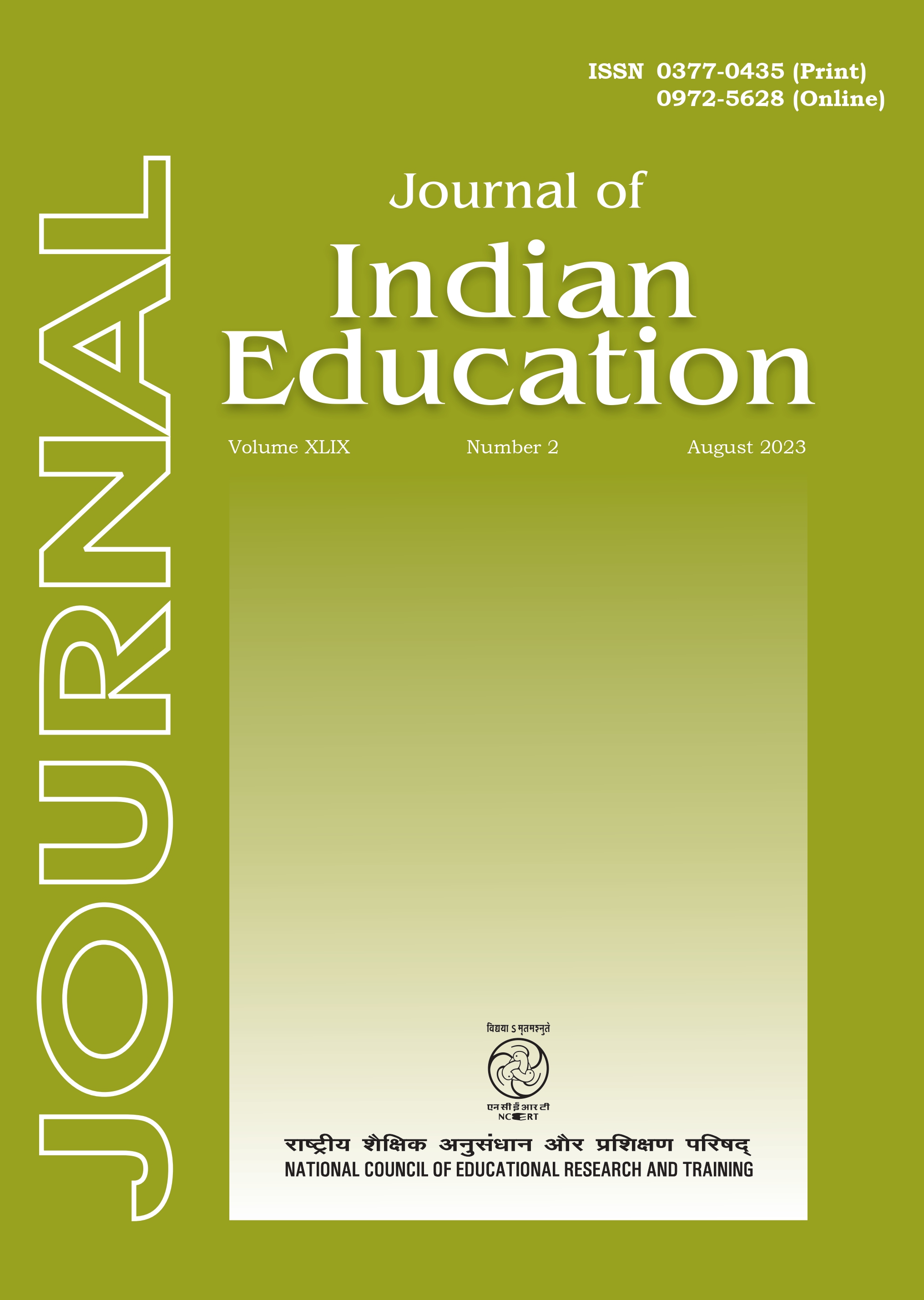Representation of Characters from an Intersectional Perspective in English Language Textbooks for Elementary Grades
Published 2023-08-31
Keywords
- New Education Policy,
- Language lessons in textbooks,
- use of words and tones,
- conventional textbooks,
- representation of women
How to Cite
Abstract
Textbooks play a crucial role in guiding and conditioning young minds. They possess the power to impart new knowledge and ideas, but they also have the potential to reinforce prejudices. Language lessons in textbooks enable the depiction of various contexts through the use of words and tones, making it an easily relatable subject for children. However, conventional textbooks often fall short in representing diverse identities, often showcasing a single norm and applying it universally. This study specifically examined how characters were portrayed in school textbooks, focusing on NCERT CBSE English language textbooks for Grade I to VIII. The analysis tool used in the study explored the representation of gender, colour, religion, and disability. The findings were categorised into three sections concerning gender: portrayal within the publication team, within the visuals, and within the context of the chapters. For religion, colour, and disability, the findings were divided into two main segments: representation within the visuals and within the context of the chapters. Additionally, a comparison was made between the findings and the principles outlined in the New Education Policy of 2020. The introduction of the New Education Policy have aimed to make Indian education more equitable and inclusive by adopting various approaches. However, the analysis of elementary-grade textbooks reveals a biased representation that primarily focuses on a specific sector of society. The representation of women, individuals with darker skin tones, people from diverse religious backgrounds, and those with disabilities remains minimal. These results clearly highlight the significant gap between the vision outlined in the policy and its actual implementation.

